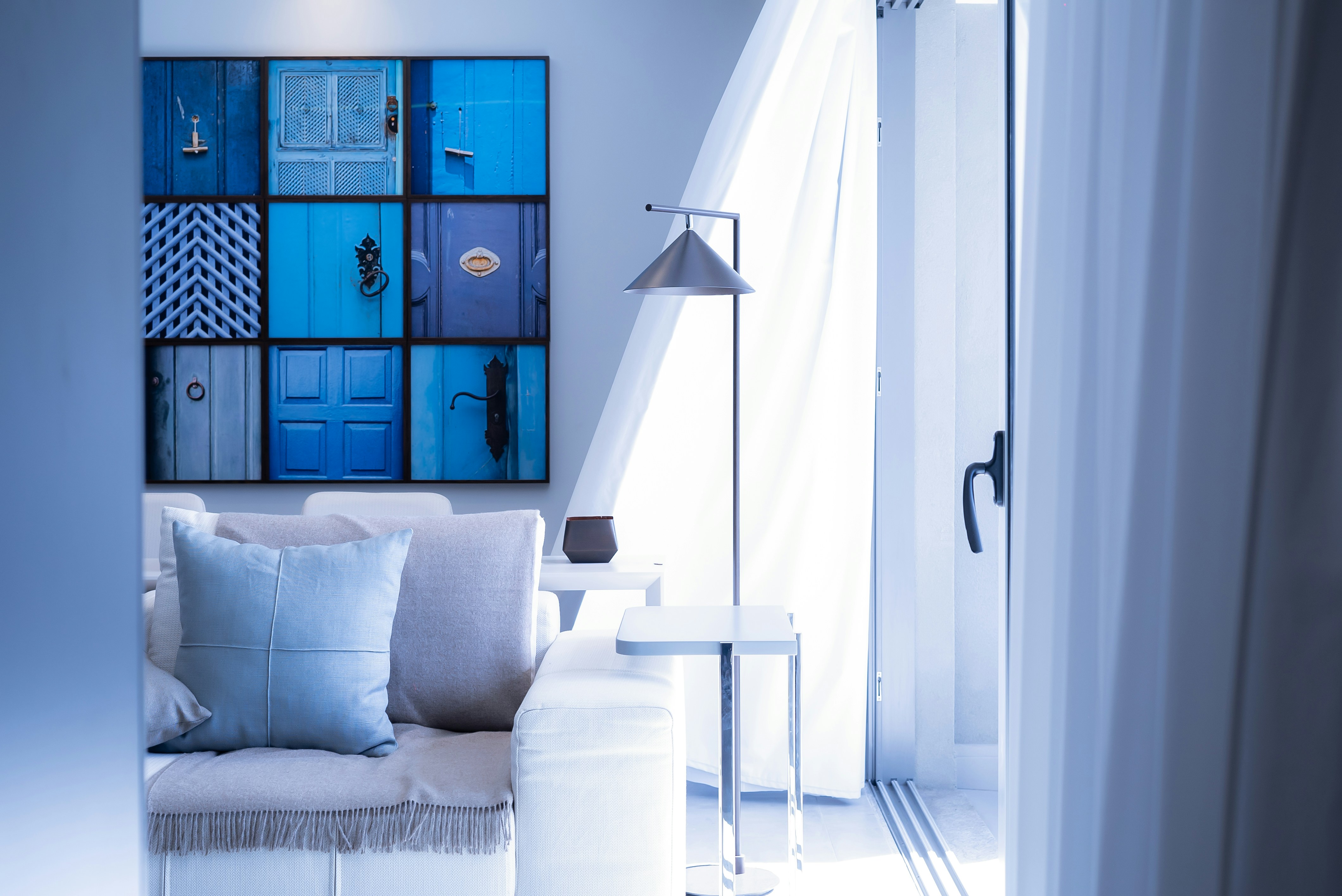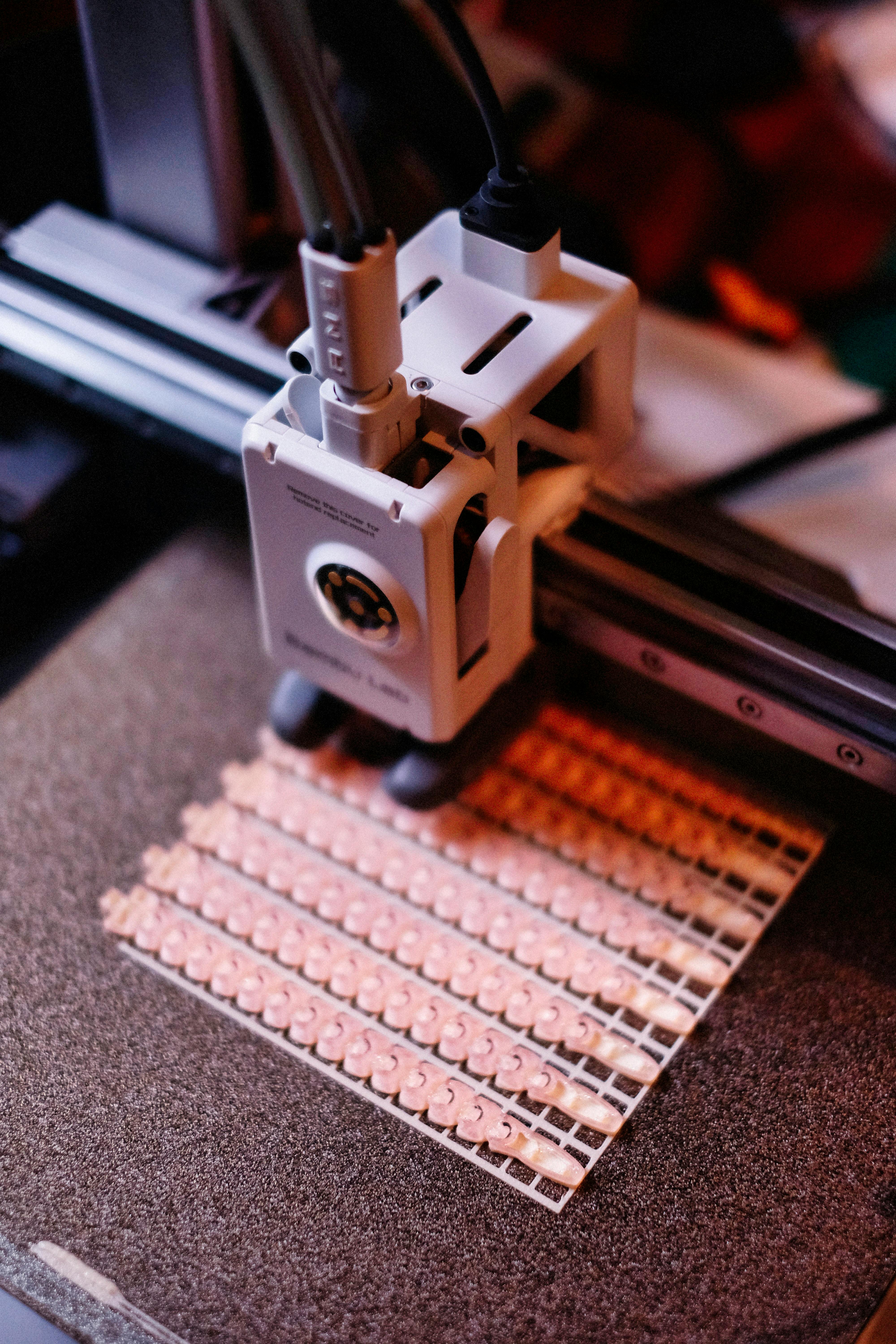Sculptural Lighting: Illuminating Art in Modern Homes
The fusion of art and functionality has given birth to a captivating trend in home decor: sculptural lighting. These statement pieces are redefining the role of illumination in our living spaces, transforming mundane fixtures into awe-inspiring focal points. As we delve into the world of sculptural lighting, prepare to be dazzled by the interplay of form, light, and shadow that's reshaping the ambiance of contemporary interiors.

The Evolution of Lighting as Art
Lighting has come a long way from its purely utilitarian roots. The concept of sculptural lighting finds its origins in the early 20th century, with designers like Isamu Noguchi pioneering the idea of lamps as art objects. However, it’s in recent years that this concept has truly flourished, driven by advancements in materials, technology, and a growing appetite for unique, personalized home decor.
The rise of sculptural lighting coincides with a shift in how we perceive our living spaces. No longer content with cookie-cutter designs, homeowners are seeking ways to express their individuality and creativity through their interiors. Sculptural lighting offers a perfect solution – it’s functional, yes, but it’s also a powerful means of making a design statement.
Designers at the Forefront
Leading the charge in sculptural lighting are designers who approach their creations with an artist’s eye. Names like Lindsey Adelman, with her organic, branching chandeliers, and Ingo Maurer, known for his whimsical and often surreal designs, are pushing the boundaries of what lighting can be.
These designers are not just creating lamps; they’re sculpting with light. Their pieces often incorporate unexpected materials – from handblown glass to recycled plastics – and play with scale, proportion, and negative space. The result is lighting that doesn’t just illuminate a room, but transforms it, creating dynamic interplay between light and shadow.
The Impact on Interior Design
Sculptural lighting is having a profound effect on how interior spaces are conceived and decorated. These pieces often serve as the centerpiece around which the rest of the room’s design revolves. A large, abstract chandelier can set the tone for an entire living room, while a series of smaller, sculptural wall sconces can create a gallery-like atmosphere in a hallway.
One of the most exciting aspects of this trend is its versatility. Sculptural lighting works across a range of interior styles, from minimalist to maximalist. In a spare, modern space, a dramatic light sculpture can provide a much-needed focal point. In a more eclectic interior, it can complement and enhance the overall artistic vision.
Technological Innovations
The sculptural lighting trend is being further propelled by technological advancements. LED technology, in particular, has opened up new possibilities for designers. LEDs’ small size and flexibility allow for more intricate and unusual shapes, while their energy efficiency makes larger, more elaborate pieces more practical for home use.
Smart home technology is also finding its way into sculptural lighting. Some pieces now come with app-controlled color-changing capabilities, allowing homeowners to adjust the mood of their space with a tap on their smartphone. Others incorporate sensors that respond to movement or sound, turning the lighting into an interactive experience.
Sustainability in Sculptural Lighting
As with all areas of design, sustainability is becoming an increasingly important consideration in sculptural lighting. Many designers are now incorporating eco-friendly materials and production methods into their work. This includes using recycled or upcycled materials, choosing energy-efficient light sources, and designing pieces that are built to last.
Some designers are taking the concept of sustainability even further, creating lighting sculptures that double as planters or air purifiers. These multifunctional pieces not only look beautiful but also contribute to a healthier home environment.
DIY and Customization
While high-end designer pieces often come with hefty price tags, the sculptural lighting trend is also inspiring a wave of DIY creativity. Homeowners and craft enthusiasts are creating their own lighting sculptures using everything from paper to driftwood to recycled objects.
This DIY approach is part of a broader trend towards customization in home decor. People are increasingly looking for ways to create spaces that reflect their personal style and story. Sculptural lighting, whether designer, DIY, or somewhere in between, offers a powerful way to make a unique statement.
The Future of Sculptural Lighting
As we look to the future, it’s clear that sculptural lighting will continue to evolve and surprise us. We’re likely to see more integration with smart home systems, more experimentation with materials and forms, and perhaps even the incorporation of augmented reality to create truly immersive lighting experiences.
One thing is certain: lighting will never again be an afterthought in interior design. Sculptural lighting has elevated illumination to an art form, challenging us to think differently about how we light our spaces and how those spaces, in turn, shape our experiences and emotions.
In embracing sculptural lighting, we’re not just brightening our homes – we’re transforming them into living, breathing galleries where art and function coexist in perfect harmony. As this trend continues to shine, it promises to cast our living spaces in an entirely new light.





